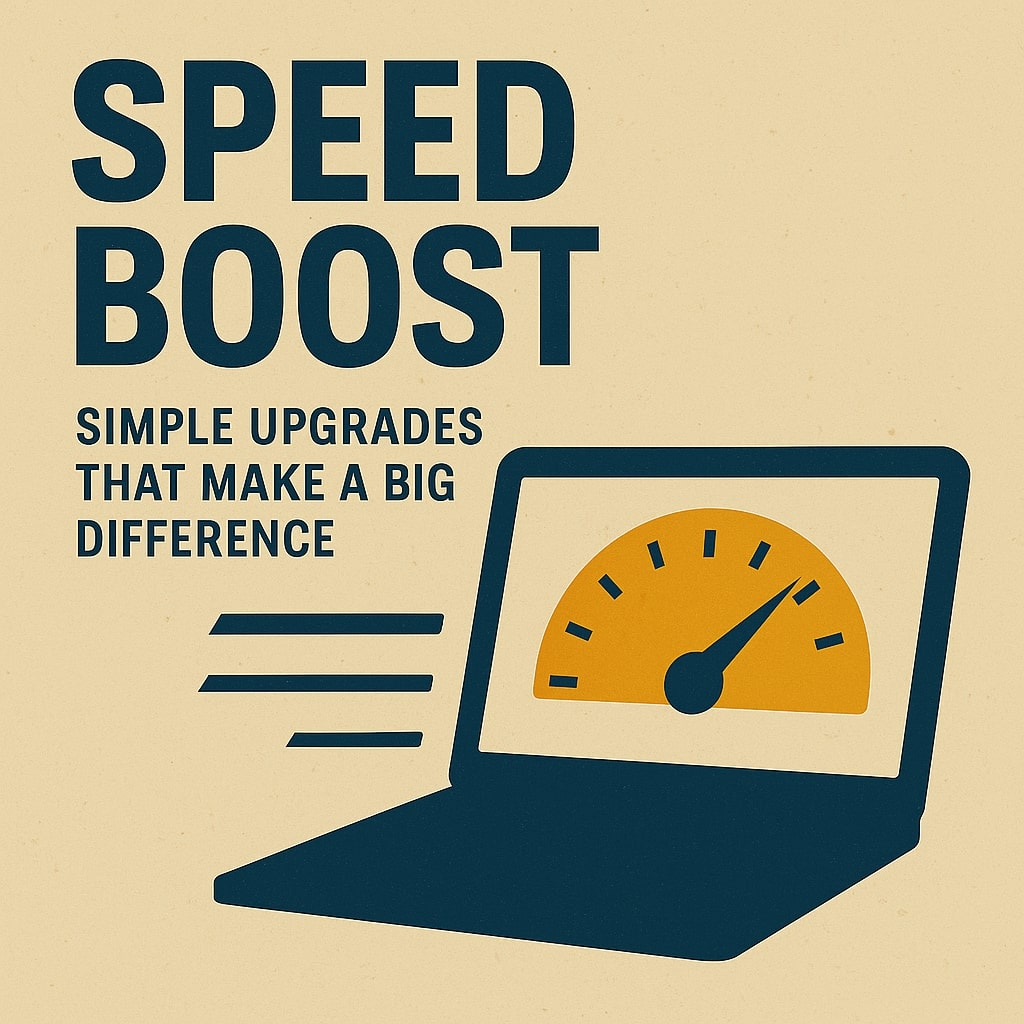Posted On 02 Oct 2025
Is your computer feeling sluggish? Before investing in a brand-new system, consider a few simple upgrades that can dramatically improve performance. Many residential users don’t realize how small changes can lead to big speed boosts—saving time, frustration, and money.
One of the most effective upgrades is switching from a traditional hard drive (HDD) to a solid-state drive (SSD). SSDs offer faster boot times, quicker file access, and smoother overall performance. For older systems, this single change can make the computer feel brand new.
Another impactful upgrade is adding more RAM. If your system struggles with multitasking or slows down during everyday tasks, increasing memory can help. Most modern computers benefit from at least 8GB of RAM, while power users may need 16GB or more.
Cleaning up your startup programs is another easy win. Many applications launch automatically when your computer starts, eating up resources. Disabling unnecessary startup items can reduce boot time and free up memory.
Updating your operating system and drivers also plays a role. Manufacturers release performance improvements and bug fixes regularly, so keeping your system current ensures optimal speed and stability.
Even external upgrades can help. Replacing an old router or switching to a wired Ethernet connection can improve internet speed and reduce lag during streaming or video calls.
These upgrades are affordable, accessible, and often DIY-friendly. Whether you’re working from home, gaming, or just browsing the web, a few smart tweaks can transform your computing experience.
In short, you don’t need a new computer to enjoy faster performance. With a little effort and the right upgrades, you can give your system the speed boost it deserves—making everyday tasks quicker, smoother, and more enjoyable.









